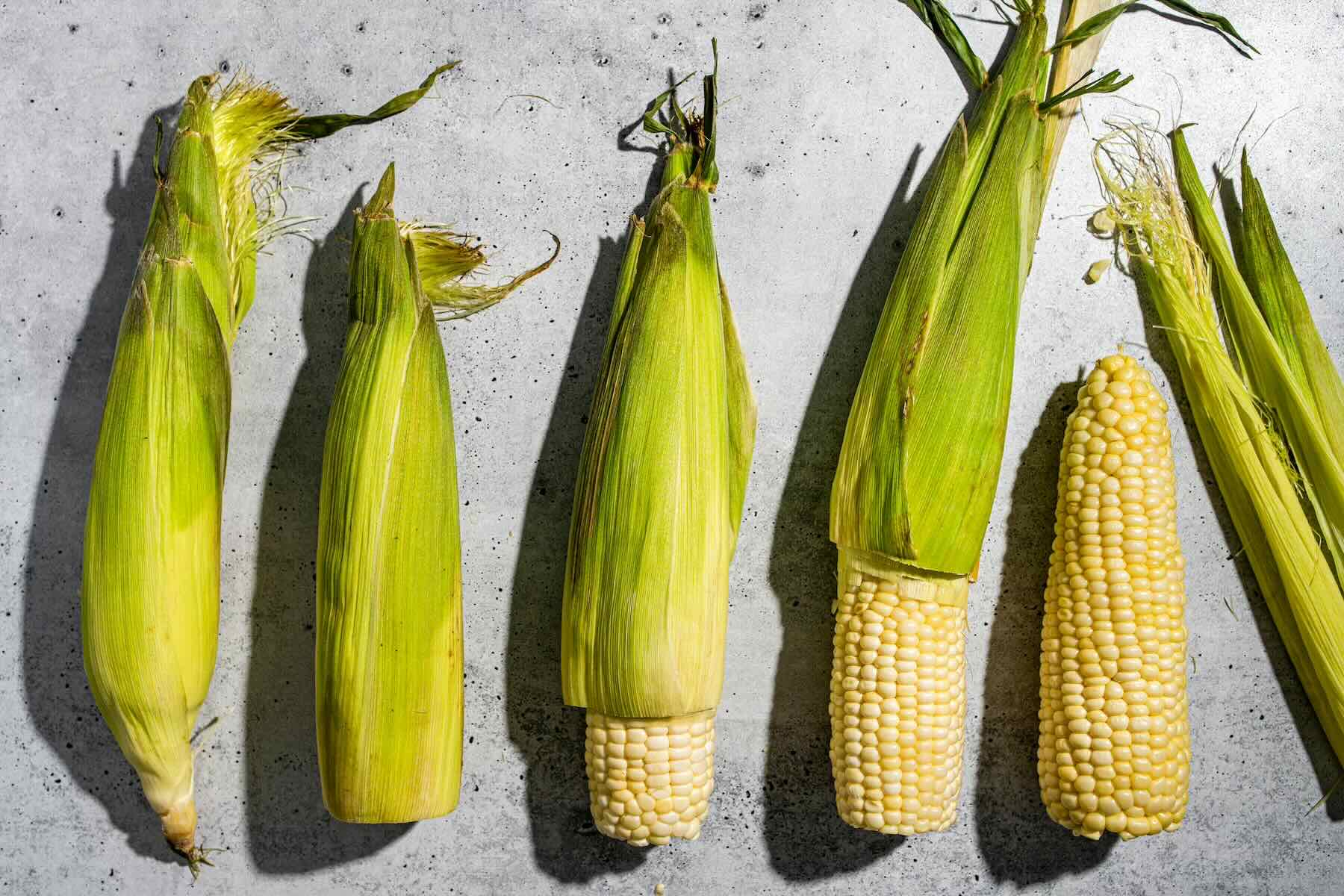

Articles
How To Store Shucked Corn
Modified: February 22, 2024
Learn how to store shucked corn properly with our helpful articles. Find tips and tricks to keep your corn fresh for longer.
(Many of the links in this article redirect to a specific reviewed product. Your purchase of these products through affiliate links helps to generate commission for Storables.com, at no extra cost. Learn more)
Introduction
Welcome to this comprehensive guide on how to store shucked corn! Whether you have a surplus of fresh corn from your garden or you’ve stocked up on corn during the peak season, knowing how to properly store shucked corn is essential to maintain its freshness and flavor for longer periods. By following the right storage methods, you can enjoy the sweet and crisp taste of corn all year round.
There are several reasons why you might want to store shucked corn. Maybe you want to extend the enjoyment of summer’s bountiful harvest, or you want to take advantage of great deals on corn during the peak season and freeze it for later use. Regardless of your reason, proper storage ensures that your corn retains its texture, taste, and nutritional value, so you can savor it whenever you desire.
Before diving into the various storage methods, it’s important to properly prepare the corn. Start by selecting fresh, high-quality corn on the cob. Look for ears with bright green husks that feel firm and tightly wrapped. Avoid corn with browning husks or dry silk, as these are signs of poor quality. Once you have selected the best corn, follow these steps to prepare it for storage:
1. Husk the corn: Remove the outer husks by peeling them back and tearing them off at the base. Remove all the silk strands, ensuring that the cob is clean and free from any debris.
2. Wash the corn: Rinse the corn under cold water to remove any remaining silk or dirt particles on the surface. Gently rub the cob to ensure a thorough cleaning.
3. Cut off the stem end: Using a sharp knife, remove about half an inch to an inch from the stem end of the cob. This helps create a flat surface for better storage and prevents the cob from drying out.
4. Blanch the corn (optional): Blanching is the process of briefly cooking the corn in boiling water, followed by immediate cooling in ice water. This step helps preserve the color, texture, and nutrients of the corn. While blanching is not necessary, it can be beneficial for freezing corn for long-term storage.
Now that the corn is properly prepared, let’s explore the various methods for storing shucked corn to maintain its freshness and taste.
Key Takeaways:
- Properly storing shucked corn allows you to enjoy its sweet and crisp taste all year round, providing convenience, cost savings, and the opportunity to diversify your meals with versatile corn-based dishes.
- Whether refrigerating, freezing, vacuum-sealing, or using airtight containers, following the recommended storage methods and maintenance tips ensures the preservation of corn’s quality, flavor, and nutritional benefits for extended periods.
Read more: How To Store Shucked Oysters
Why Store Shucked Corn
There are several reasons why you might want to store shucked corn. Here are a few compelling reasons to consider:
- Extended Availability: By storing shucked corn, you can enjoy the delightful taste of fresh corn even when it’s out of season. Whether you have an abundant harvest from your garden or you’ve purchased corn during its peak season, properly storing it allows you to savor the flavors all year round.
- Cost Savings: During the peak season, corn is often plentiful and available at lower prices. By buying in bulk and storing shucked corn, you can take advantage of these deals and save money on your grocery bills. Additionally, when corn is no longer in season, the prices tend to rise, so having a stash of stored corn can help you avoid those higher costs.
- Convenience: Storing shucked corn provides greater convenience in meal preparation. Rather than having to husk and clean corn every time you want to use it, you can simply grab a pre-shucked cob from your freezer or refrigerator. This saves you time and effort, especially on busy days when you want to quickly whip up a delicious corn dish.
- Diversify Your Meals: Having shucked corn readily available allows you to diversify your meals and experiment with different recipes. From creamy corn chowders to refreshing corn salads and delectable cornbread, there’s a wide range of dishes you can create using stored corn. It adds versatility to your culinary repertoire and helps you explore new flavors and textures.
- Preserve Nutritional Value: Corn is packed with essential vitamins, minerals, and antioxidants that offer numerous health benefits. By storing shucked corn properly, you can preserve its nutritional value and enjoy its wholesome goodness even months after it was harvested.
Now that you understand the benefits of storing shucked corn, let’s dive into the different methods for storing it to ensure its quality and freshness for an extended period.
Preparing the Corn for Storage
Before storing shucked corn, it’s important to properly prepare it to ensure optimal freshness and quality. Follow these steps to prepare the corn for storage:
- Husk the corn: Start by removing the outer husks of the corn. Gently peel back the husks, starting from the top, and tear them off at the base. Discard any loose or damaged husks.
- Remove the silk: After husking the corn, remove the silk strands that are attached to the kernels. Run your hands along the length of the cob to remove any remaining silk. It’s essential to ensure that the corn is silk-free, as any lingering strands can affect the taste and texture of the stored corn.
- Wash the corn: Rinse the shucked corn under cold running water to remove any dirt or debris. Gently rub the cob with your hands to ensure thorough cleaning. This step is especially crucial if you harvested the corn from your own garden or if you want to remove any pesticide residues.
- Trim the stem end: Using a sharp knife, trim about half an inch to an inch from the stem end of the corn cob. This creates a flat surface that helps prevent the corn from drying out during storage.
- Optional: Blanch the corn: If you plan to freeze the corn for long-term storage, you may consider blanching it. Blanching involves briefly cooking the corn in boiling water, followed by immediate cooling in ice water. This process helps retain the flavor, color, and texture of the corn while slowing down the enzyme activity that can lead to spoilage. To blanch the corn, bring a large pot of water to a boil and carefully immerse the shucked corn cobs in the boiling water. Cook for 4-6 minutes, then transfer them to a bowl of ice water to cool rapidly. Once cooled, drain the corn and pat it dry before storing.
By following these steps, you can ensure that your shucked corn is clean, free from silk, and ready for storage. The next section will explore different storage methods for shucked corn, depending on your preferences and the duration for which you want to store it.
Storing the Corn in the Refrigerator
If you want to store shucked corn for a short period, storing it in the refrigerator is a convenient option. Follow these steps to store shucked corn in the refrigerator:
- Wrap the corn: Individually wrap each shucked corn cob tightly in plastic wrap. This helps prevent moisture loss and keeps the corn fresh.
- Place in a resealable bag: Once wrapped, place the corn cobs in a resealable bag. Squeeze out any excess air and seal the bag tightly.
- Store in the vegetable drawer: Place the bagged corn cobs in the vegetable drawer of your refrigerator. This drawer helps maintain the optimal temperature and humidity level for the corn.
- Keep away from strong odors: To avoid cross-contamination and maintain the corn’s flavor, store it away from foods with strong odors, such as onions or garlic.
- Check for freshness: Stored shucked corn can typically stay fresh in the refrigerator for up to 3-4 days. Before using, check for any signs of spoilage, such as a slimy texture or an off odor.
Remember to use the refrigerated corn as soon as possible to enjoy its optimal taste and freshness. While refrigeration is suitable for short-term storage, if you plan to store the corn for an extended period, freezing or vacuum-sealing it may be a better option, as we will discuss in the next sections.
Now that you know how to store shucked corn in the refrigerator, let’s explore the freezer storage method for longer-term preservation.
Storing the Corn in the Freezer
If you want to store shucked corn for an extended period, freezing is an excellent option. Freezing helps retain the freshness, flavor, and texture of the corn. Follow these steps to store shucked corn in the freezer:
- Blanch the corn (optional): As mentioned earlier, blanching the corn before freezing helps preserve its color, texture, and nutrients. If you choose to blanch the corn, follow the blanching steps mentioned earlier in the preparation section.
- Remove excess moisture: After blanching (or if you choose not to blanch), pat the corn dry using paper towels. Excess moisture can lead to freezer burn, so ensuring that the corn is as dry as possible is important.
- Wrap individually: Take each shucked corn cob and wrap it individually in plastic wrap. Make sure to wrap them tightly to prevent air exposure and freezer burn.
- Double-bag the corn: Once wrapped, place the individually wrapped corn cobs in a freezer-safe bag. Squeeze out any excess air and seal the bag tightly to minimize the possibility of freezer burn.
- Label and date: It’s essential to label the freezer bag with the contents and date of freezing. This helps you keep track of your frozen corn and ensures you use the oldest corn first.
- Place in the freezer: Lay the freezer bag flat in the freezer to allow for faster freezing and easier storage. Make sure the corn is not overcrowded, allowing air to circulate around each cob.
Frozen shucked corn can stay fresh for up to 10-12 months if properly stored. When you’re ready to use the corn, allow it to thaw in the refrigerator overnight before cooking or reheating. Avoid thawing at room temperature, as this can lead to a loss of texture and quality.
Now that you understand how to store shucked corn in the freezer, continue reading to learn about other storage options, such as vacuum-sealing and canning jars.
After shucking corn, store it in an airtight container or resealable plastic bag in the refrigerator. It will stay fresh for up to 3 days.
Read more: How To Store Corn
Storing the Corn in Vacuum-Sealed Bags
Another effective method for storing shucked corn is by using vacuum-sealed bags. Vacuum sealing helps remove air from the packaging, preventing oxidation and freezer burn, which can negatively affect the quality of the corn. Follow these steps to store shucked corn in vacuum-sealed bags:
- Prepare the corn: Husk, clean, and trim the shucked corn as discussed in the preparation section.
- Remove excess moisture: Pat the corn dry using paper towels to remove any excess moisture. This step helps maintain the corn’s quality during storage.
- Cut the corn: Using a sharp knife, cut the corn kernels off the cob. Hold the cob upright on a cutting board and carefully slice downward to remove the kernels. Repeat this process for each cob.
- Portion and package: Divide the corn kernels into smaller portions based on your serving size preferences. Place each portion in a vacuum-sealed bag.
- Vacuum seal: Follow the instructions on your vacuum sealer to seal the bags. This machine will remove the air from the bags, creating an airtight seal.
- Label and date: Label each bag with the contents and date of packaging. This ensures that you can easily identify the corn and use the oldest portions first.
- Freeze the bags: Place the vacuum-sealed bags of corn in the freezer. Ensure that they are stored flat to allow for easier stacking and preservation.
By vacuum-sealing the corn, you can extend its storage life and maintain its flavor and texture for a longer duration. When ready to use, simply thaw the desired portion in the refrigerator before cooking or incorporating it into your recipes.
Now that you know how to store shucked corn in vacuum-sealed bags, let’s explore another storage option: canning jars.
Storing the Corn in Canning Jars
Storing shucked corn in canning jars is a great option if you prefer a more visual and organized storage method. Canning jars provide an airtight seal, preserving the freshness and flavor of the corn. Here’s how you can store shucked corn in canning jars:
- Prepare the corn: Husk, clean, and trim the shucked corn as discussed in the preparation section.
- Cut the corn: Using a sharp knife, cut the corn kernels off the cob. Hold the cob upright on a cutting board and carefully slice downward to remove the kernels. Repeat this process for each cob.
- Blanch the corn (optional): Blanching the corn before canning can help preserve its color and nutrients. Follow the blanching steps mentioned earlier in the preparation section if you choose to blanch.
- Sanitize the jars: Before filling the canning jars, make sure to wash them with warm soapy water and rinse them thoroughly. Place the jars in boiling water for a few minutes to sanitize them.
- Fill the jars: Spoon the corn kernels into the sterilized jars, leaving about an inch of headspace at the top. Gently tap the jar on a solid surface to remove any air bubbles.
- Seal the jars: Wipe the rims of the jars to ensure they are clean and free from any residue. Place the lids on the jars and tightly screw on the bands.
- Process the jars: Process the filled jars in a pressure canner or a boiling water bath, following the instructions specific to your canner. Processing times may vary, so refer to a trusted canning resource or recipe.
- Store the jars: Once the jars have been processed and cooled, check the seals to ensure they are tight. Label the jars with the date of canning and store them in a cool, dark place like a pantry or a cellar.
When you’re ready to use the canned corn, simply open a jar, drain the liquid, and use it in your favorite recipes. Canned corn can last for up to a year or more if stored properly.
Now that you know how to store shucked corn in canning jars, let’s move on to some important tips for maintaining the quality and freshness of your stored corn.
Storing the Corn in Airtight Containers
If you prefer a more versatile storage option for shucked corn, using airtight containers is a convenient choice. Airtight containers provide protection against air and moisture, helping to extend the shelf life of the corn. Here’s how you can store shucked corn in airtight containers:
- Prepare the corn: Husk, clean, and trim the shucked corn as discussed in the preparation section.
- Cut the corn: Using a sharp knife, cut the corn kernels off the cob. Hold the cob upright on a cutting board and carefully slice downward to remove the kernels. Repeat this process for each cob.
- Blanch the corn (optional): Blanching the corn before storing can help retain its color and nutrients. If desired, follow the blanching steps outlined earlier in the preparation section.
- Dry the corn: Pat the corn kernels dry using paper towels to remove any excess moisture. Excess moisture can lead to spoilage, so it’s important to ensure the corn is as dry as possible before storing.
- Select airtight containers: Choose airtight containers that are suitable for storing corn. Glass or plastic containers with tight-fitting lids work well. Mason jars, plastic storage containers, or freezer-safe bags with airtight seals are all good options.
- Fill the containers: Place the dried corn kernels in the selected airtight containers, leaving some headspace at the top. Avoid overfilling to allow for expansion during freezing or storage.
- Seal the containers tightly: Ensure that the lids or seals of the containers are tightly secured to create an airtight environment for the corn.
- Label and date the containers: Use labels or permanent markers to indicate the contents and date of storage on each container. This helps you keep track of the freshness and use the oldest corn first.
- Store in a cool, dry place: Place the airtight containers of corn in a cool, dry location, such as a pantry or cupboard. Avoid exposing them to direct sunlight or extreme temperature fluctuations.
- Check for freshness: Periodically check the stored corn for signs of spoilage, such as molds or unusual odors. Discard any corn that appears to be spoiled or past its prime.
By storing shucked corn in airtight containers, you can maintain its quality and enjoy its freshness for an extended period. Remember to use the stored corn within a reasonable timeframe to ensure the best taste and texture.
Now that you know how to store shucked corn in airtight containers, let’s move on to some helpful tips for maintaining the quality and freshness of your stored corn.
Tips for Maintaining Quality and Freshness
Follow these tips to ensure the best quality and freshness of your stored shucked corn:
- Use high-quality corn: Select fresh, high-quality corn for storage. Look for ears with bright green husks and firm kernels. Avoid corn with browning husks or dry silk, as these are signs of poor quality.
- Properly prepare the corn: Husk, clean, and remove the silk strands from the corn before storing. This helps eliminate any potential sources of spoilage.
- Consider blanching: Blanching the corn before freezing or canning can help preserve its color, texture, and nutrients. While not necessary, it can provide added benefits.
- Store at the appropriate temperature: Whether you’re storing corn in the refrigerator, freezer, or pantry, ensure that it’s stored at the optimal temperature. This helps maintain its quality and slows down the spoilage process.
- Avoid exposure to air: Air exposure can cause the corn to become dry and lose its flavor. Use airtight containers, bags, or vacuum-sealed packaging to minimize air contact.
- Label and date: Always label your stored corn with the contents and date of storage. This helps you keep track of freshness and use older corn first.
- Rotate old stock: When using your stored corn, make sure to use the oldest containers or packages first to maintain freshness.
- Avoid odor transfer: Keep stored corn away from strong-smelling foods with potent odors, as corn can absorb and be affected by these aromas.
- Frequent checks: Regularly inspect your stored corn for signs of spoilage, such as molds, off odors, or unusual textures. Discard any corn that appears to be spoiled.
- Proper thawing: If freezing shucked corn, thaw it in the refrigerator instead of at room temperature. This helps preserve the taste and texture of the corn.
By following these tips, you can maximize the quality, flavor, and shelf life of your stored shucked corn. Whether you choose to refrigerate, freeze, vacuum-seal, or use airtight containers, these tips apply to all methods of storage.
With proper storage and handling, you can enjoy the delicious taste of corn throughout the year, adding a touch of summer to your meals even when corn is out of season.
Remember, fresh and high-quality corn will yield the best results for storage. So make sure to harvest or purchase corn at its peak and follow the recommended storage methods to savor its flavor and nutritional benefits.
Happy storing and enjoy your delicious corn all year long!
Read more: How To Store Corn Meal
Conclusion
Storing shucked corn allows you to enjoy the delightful taste and nutritious benefits of corn throughout the year. Whether you have an abundance of fresh corn from your garden or you’ve stocked up during the peak season, knowing the proper storage methods is essential to maintain its freshness and flavor.
In this comprehensive guide, we explored various storage methods for shucked corn, including refrigeration, freezing, vacuum-sealing, canning jars, and airtight containers. Each method offers its own benefits and considerations, depending on your preferences and the duration for which you want to store the corn.
By properly preparing the corn and following the recommended storage steps, you can maintain the texture, taste, and nutritional value of the corn. Whether you choose to husk, clean, and trim the corn, blanch it before freezing or canning, or employ airtight containers for storage, the goal is to prevent moisture loss, air exposure, and freezer burn.
In addition to the storage methods, we provided helpful tips for maintaining the quality and freshness of your stored corn. Using high-quality corn, proper labeling, date tracking, avoiding odor transfer, and regular checks for spoilage are all important practices to ensure the best results.
Remember that corn stored using these methods will have a prolonged shelf life, allowing you to enjoy its delicious taste and versatility in various recipes. Whether you’re making corn chowders, salads, salsas, or using it as a side dish, stored corn provides convenience and cost savings.
So, whether you’re looking to extend the availability of summer’s bountiful harvest, save money by taking advantage of peak-season deals, or simply want to have the convenience of corn readily available, these storage methods will help you achieve just that.
Explore the different options, find the one that suits your needs, and follow the steps to store your shucked corn properly. With a little effort and attention to detail, you can enjoy the sweet taste of corn all year round.
Happy storing and savor every delicious bite of your stored shucked corn!
Frequently Asked Questions about How To Store Shucked Corn
Was this page helpful?
At Storables.com, we guarantee accurate and reliable information. Our content, validated by Expert Board Contributors, is crafted following stringent Editorial Policies. We're committed to providing you with well-researched, expert-backed insights for all your informational needs.
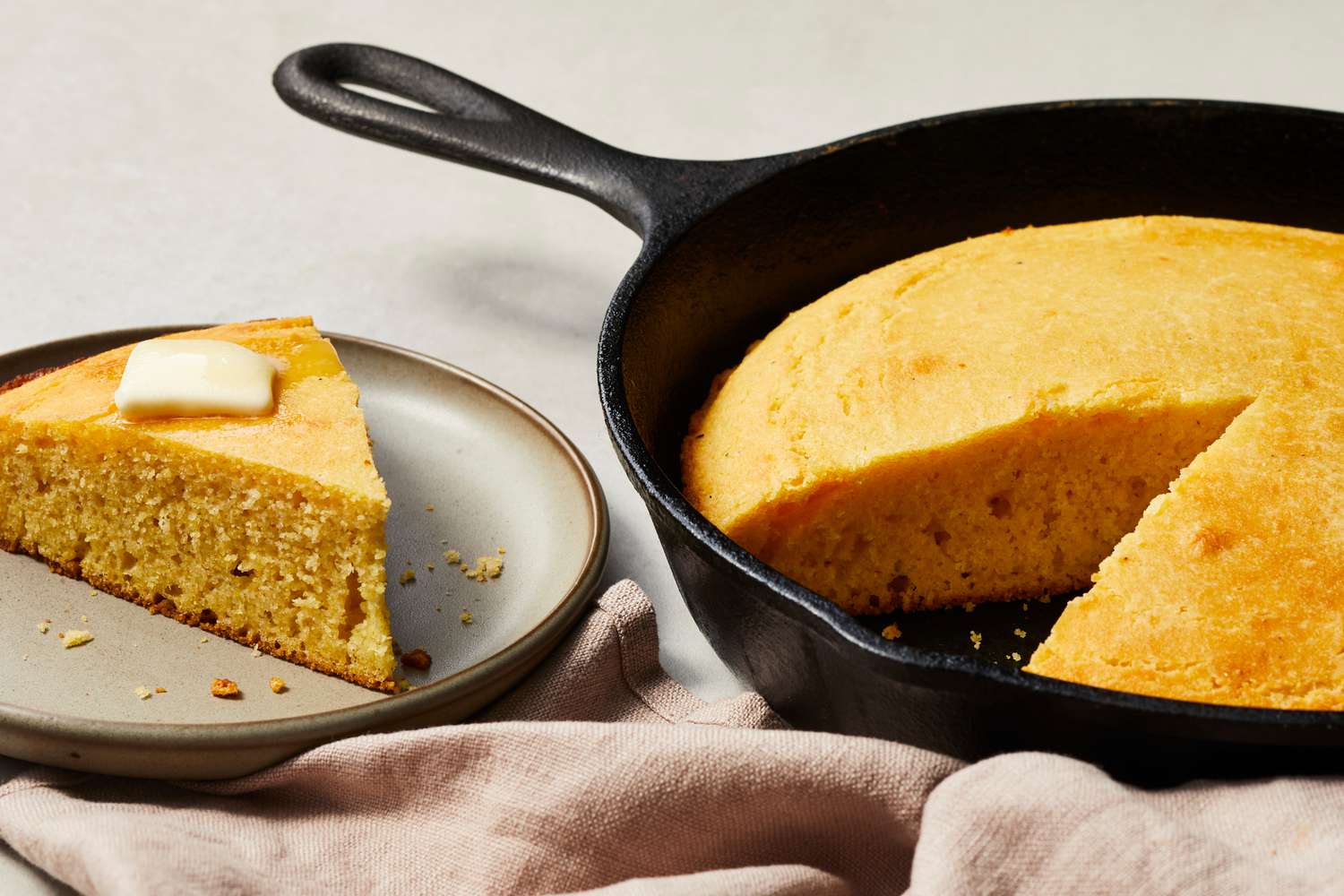
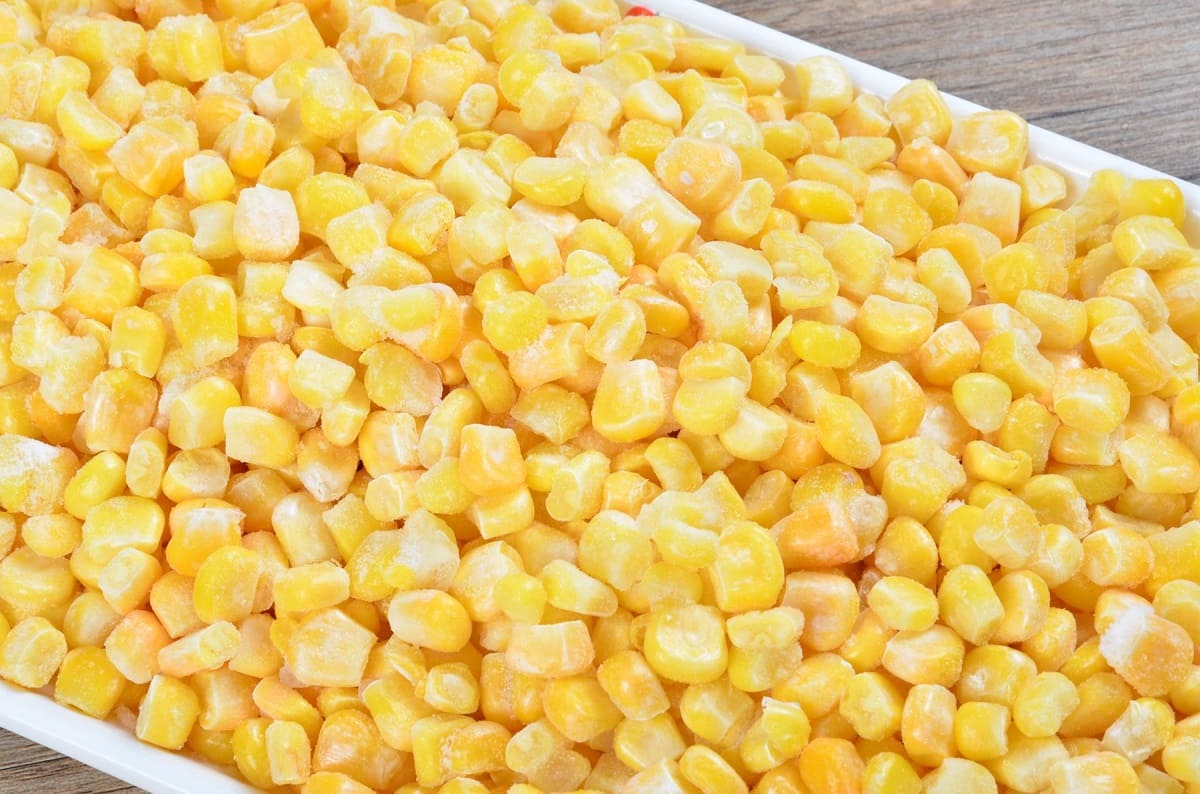
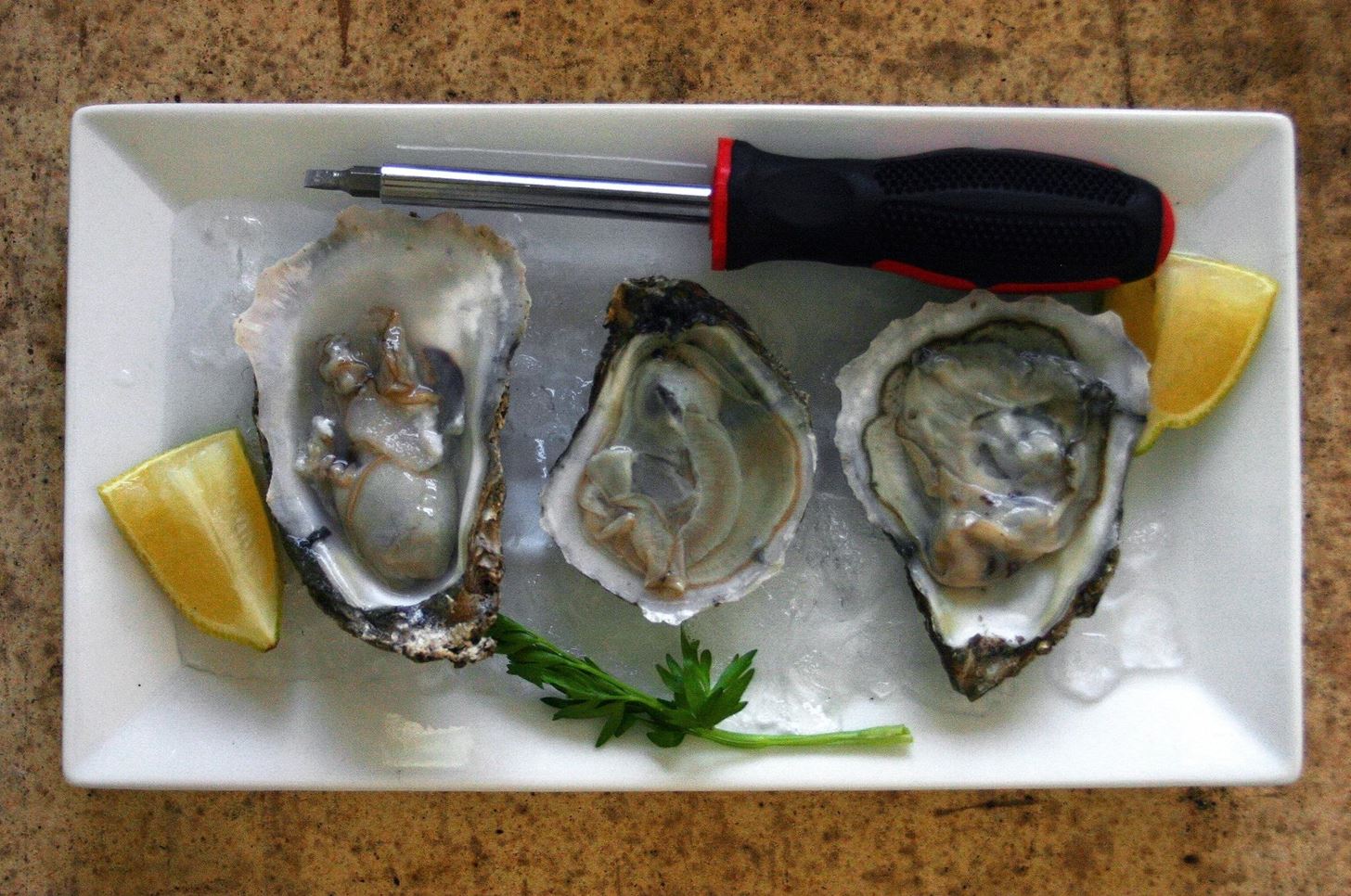
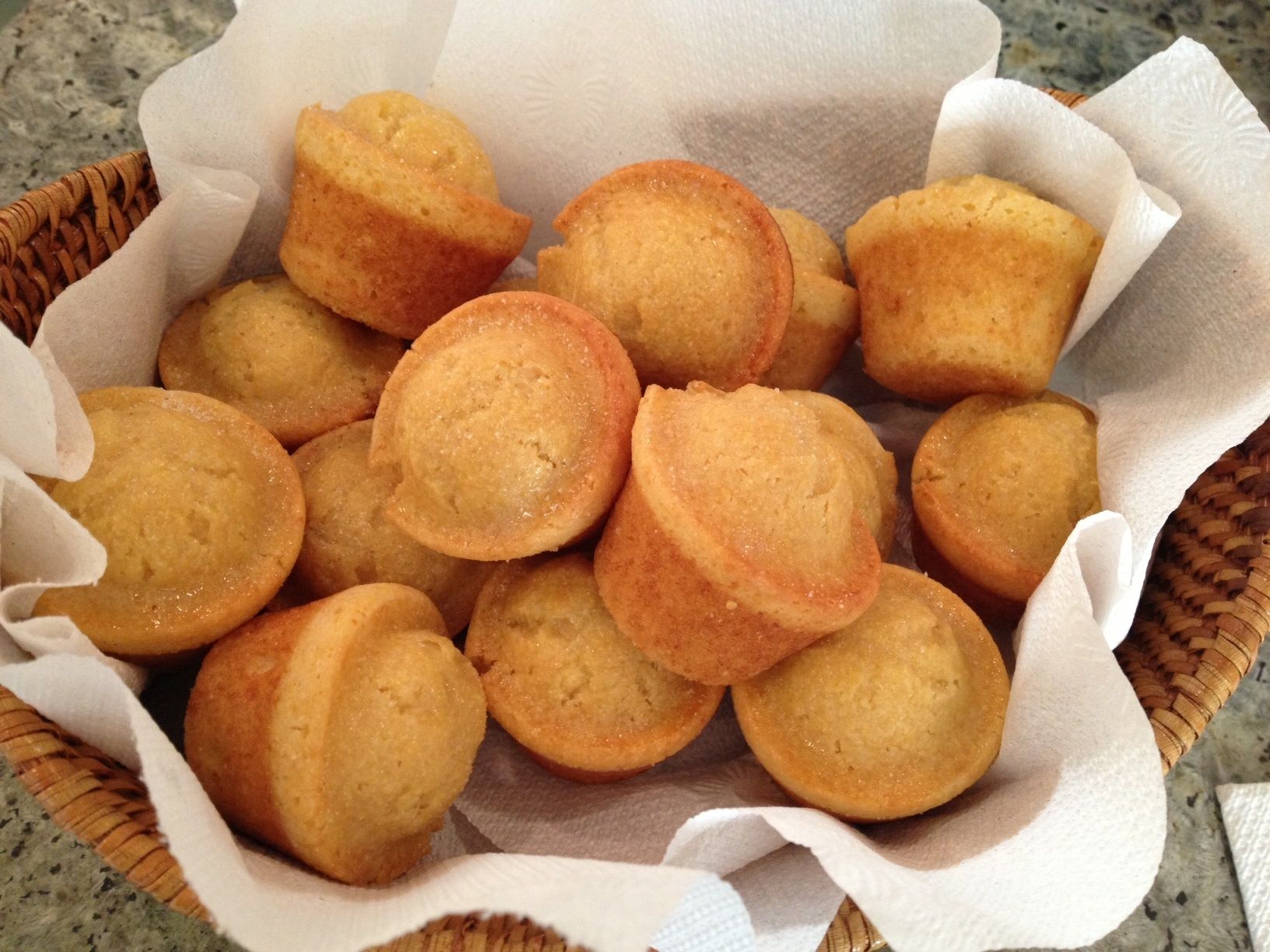
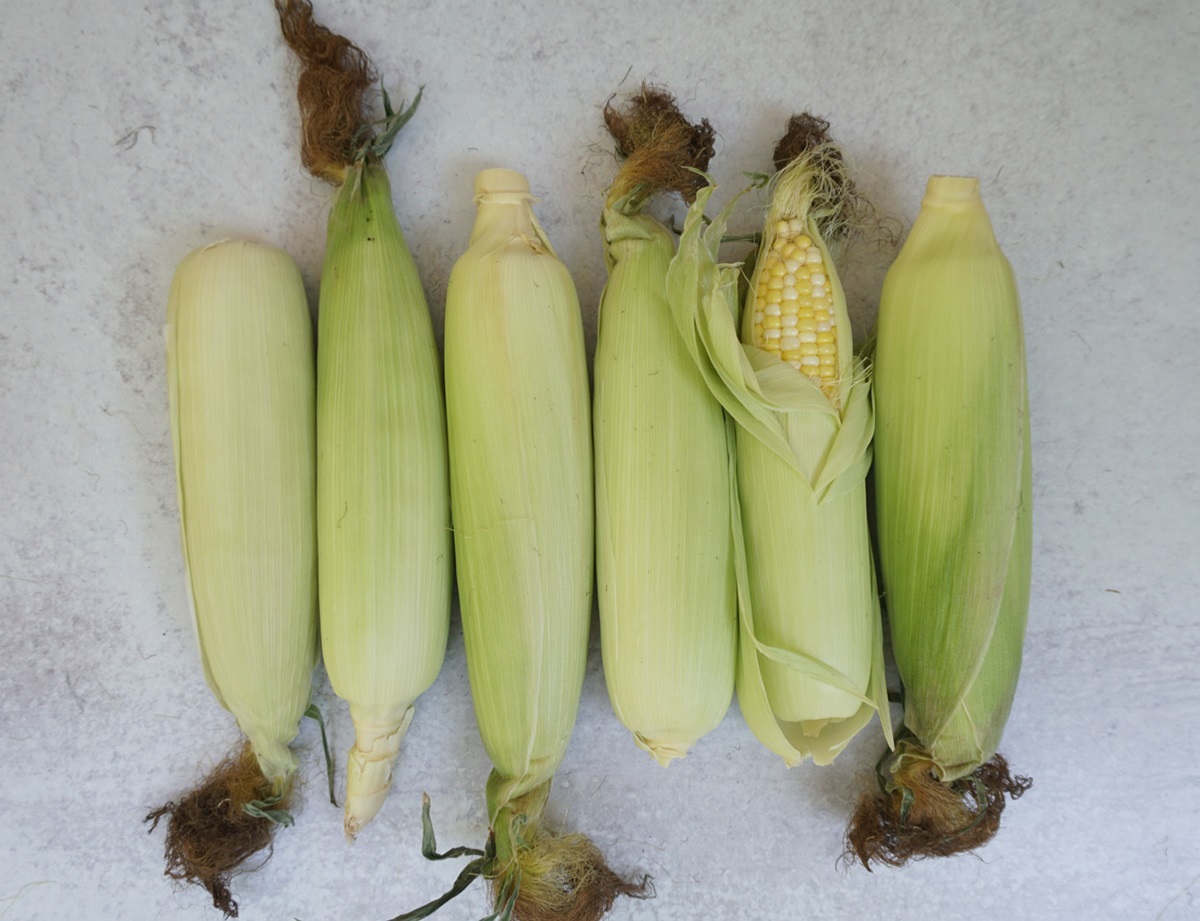
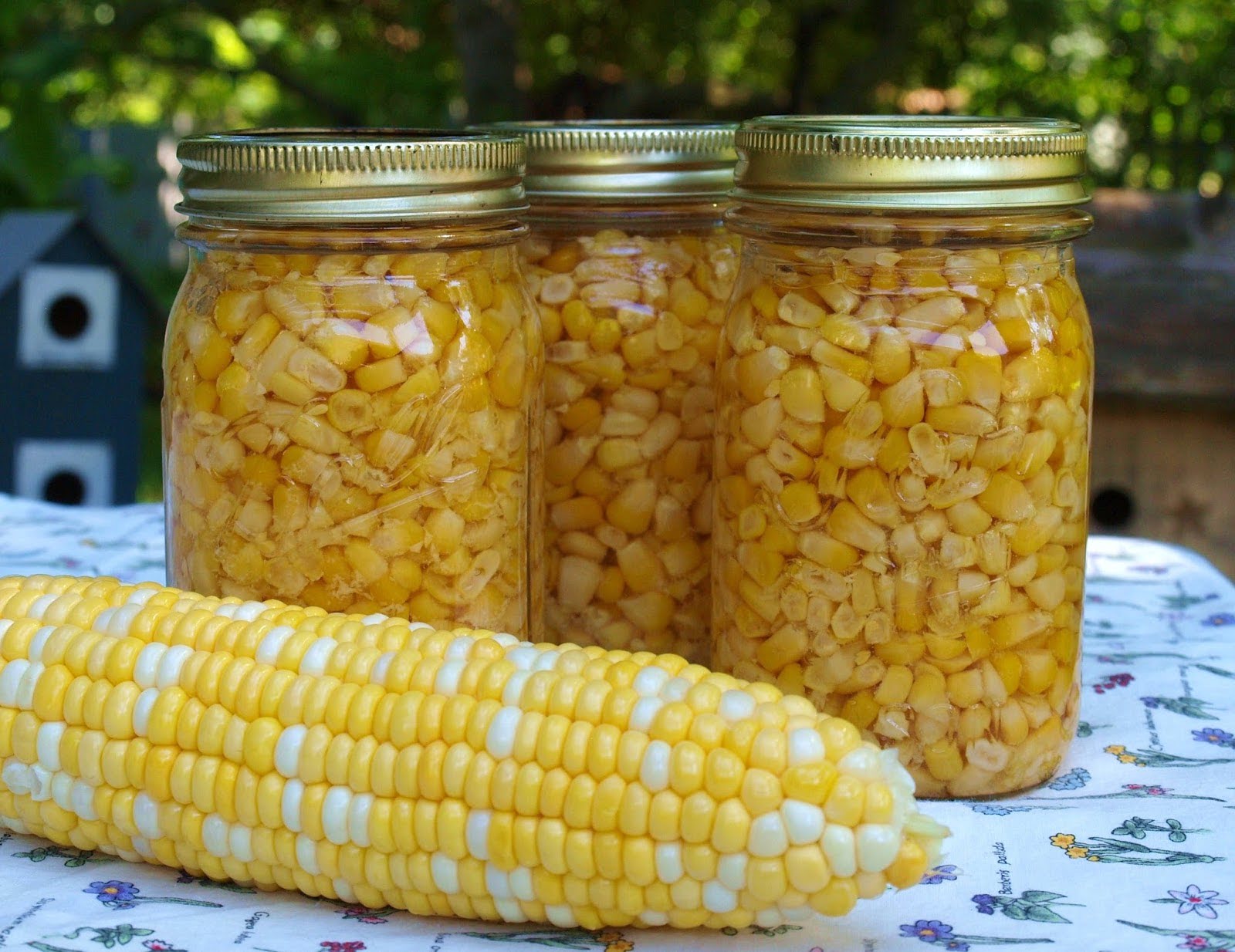


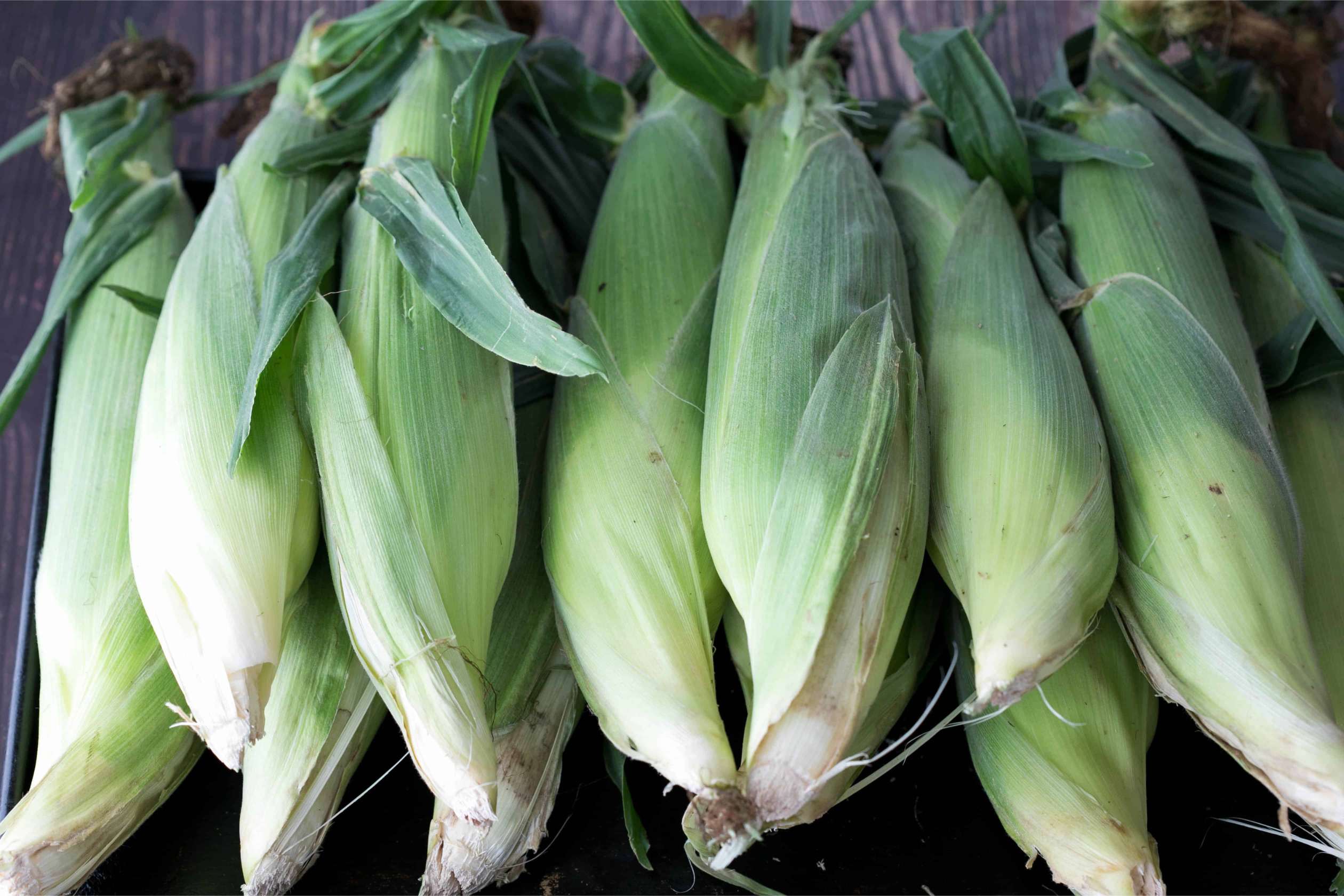
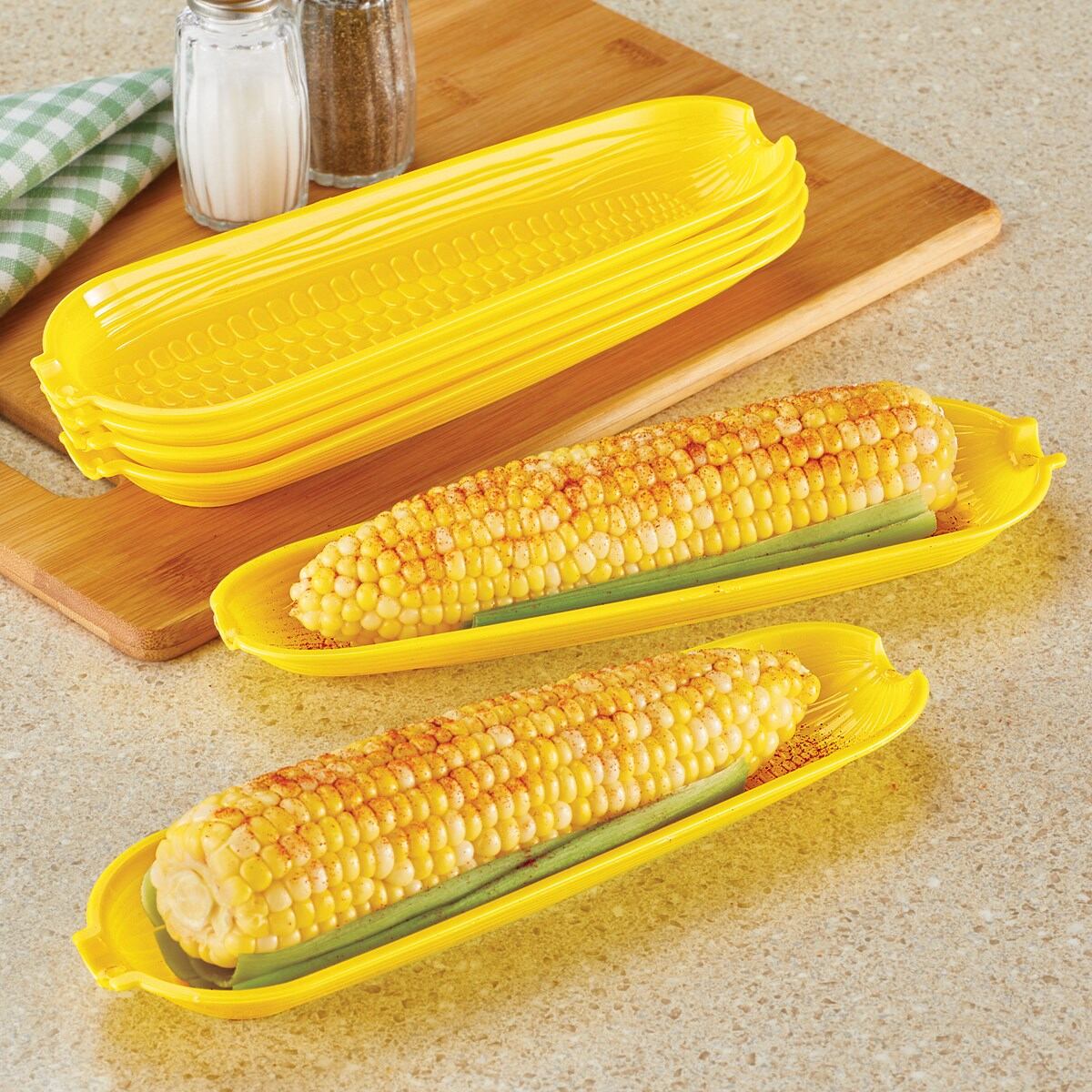
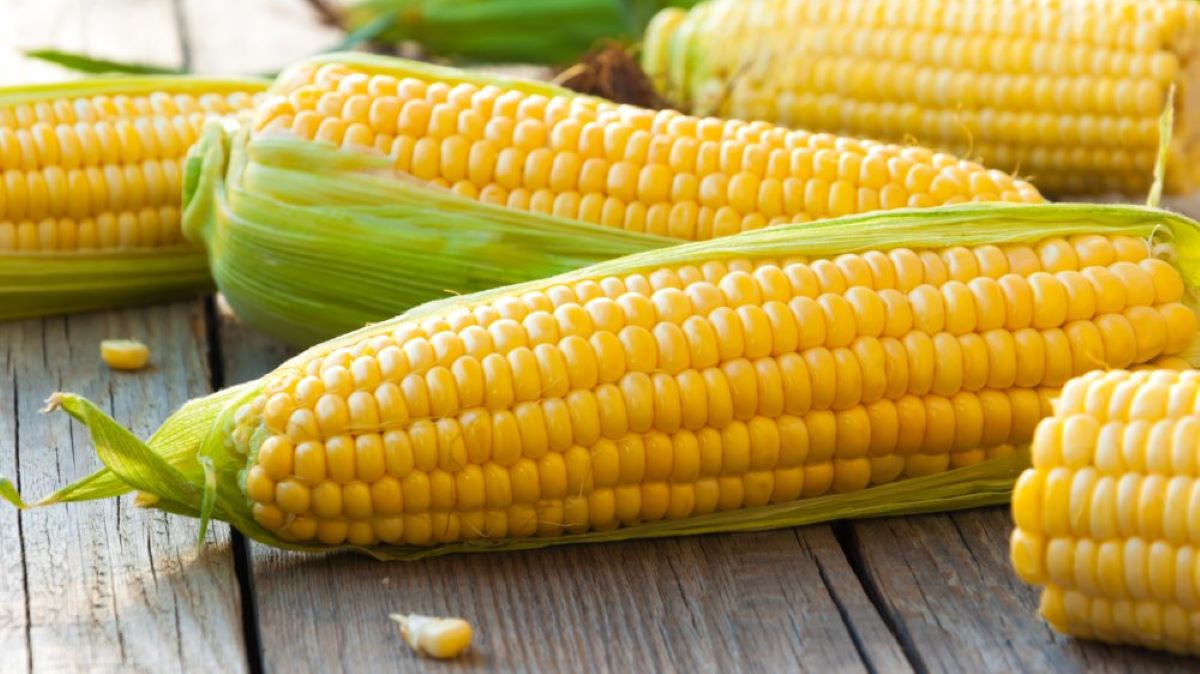
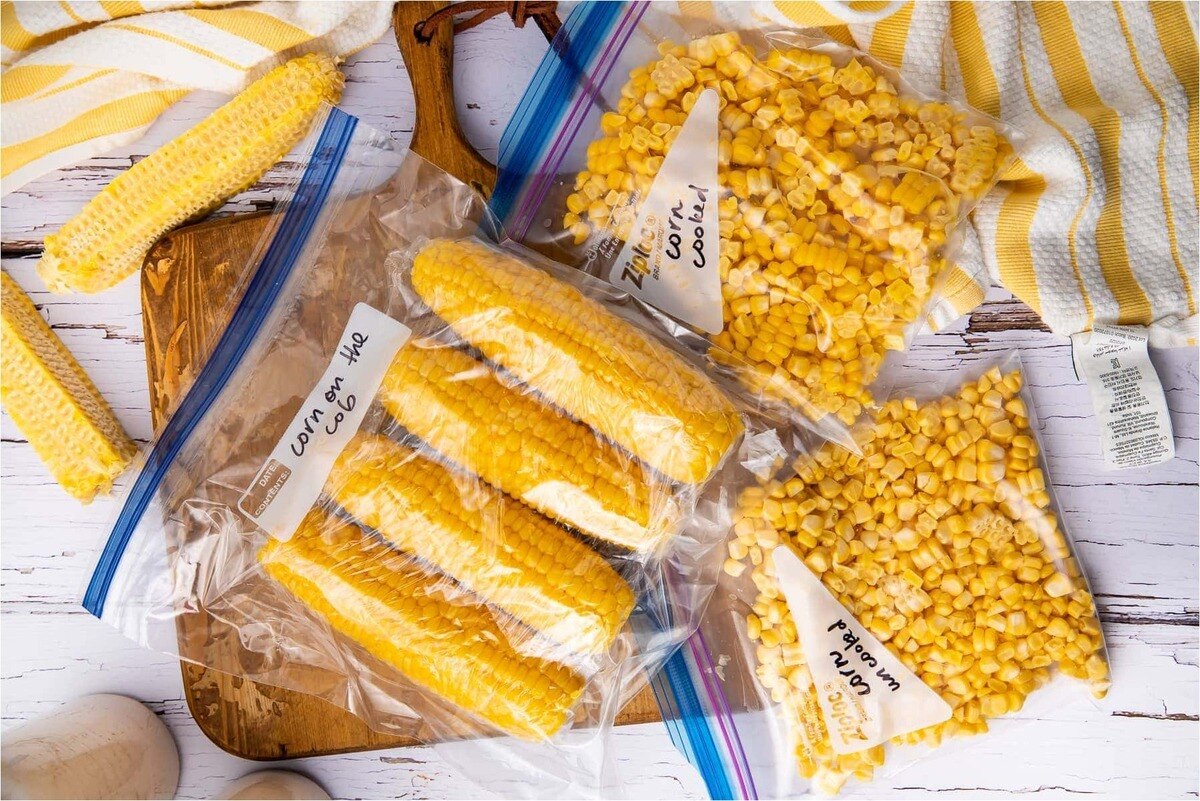
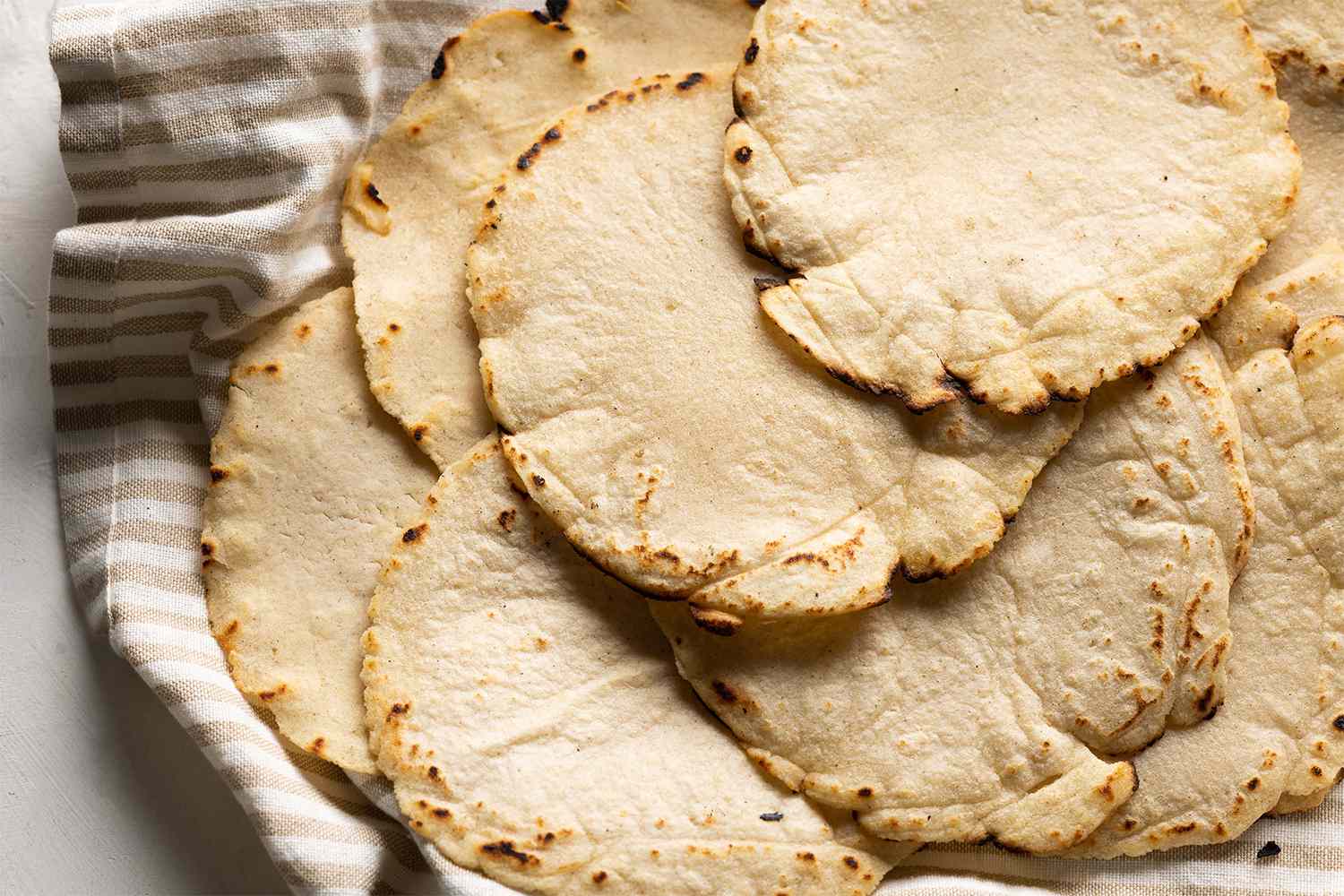

0 thoughts on “How To Store Shucked Corn”